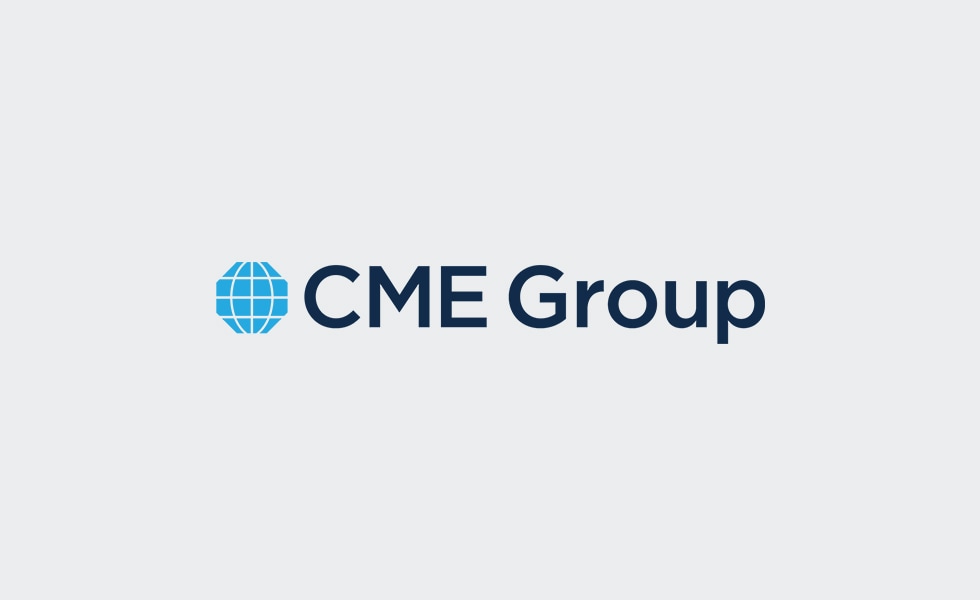
Before we delve into the copper options markets, however, here is a brief reminder of the economics of copper.
While the general cost of copper options is closely related to U.S. monetary policy, Chinese growth has the most direct influence on copper prices. More specifically, copper prices, like many commodities such as other industrial metals, oil and agricultural products as well as emerging market currencies such as the Chilean Peso, closely track a narrow measure of Chinese growth called the Li Keqiang Index, which provides an alternative measure of Chinese growth using three factors: electricity consumption, rail freight volumes and the quantity of bank loans (Figure 2).
When Chinese industrial demand growth accelerated in the early 2000s, in 2009-10 and again in 2016-17, copper prices soared with a lag of about one year. Likewise, when Chinese growth slowed in 2007-08 and 2011-15, copper prices crashed, with declines lagging by about one year. The good news for copper prices recently has been that Chinese growth hasn’t slowed much as a result of the 10% tariffs that Washington slapped on $200 billion worth of Chinese goods in May 2018. Copper prices, however, have sold off by about 10% in the past month after the Administration jacked up those tariffs to 25%. China has many ways to offset the negative impact of higher tariffs, some of which might be supportive for copper, such as easier monetary policy, and others which could be detrimental, such as a devaluation of the renminbi (RMB).
The reason why China exerts such a strong influence on copper is simple. Each year, 40-50% of newly mined and refined copper heads to China. Secondly, Chinese demand is critical for absorbing a copper supply that has more than doubled since 1994 and continues to rise by approximately 5% per year (Figure 3). Without continued growth in China, copper prices would likely collapse like they did between 2012 and 2016. Even after its recent correction, copper prices are trading at about 30% above their cost of production. This suggests that copper production is likely to increase further in 2019 and 2020 and, as such, maintaining steady demand growth in China and elsewhere will be critical if copper prices are to maintain their current levels or move higher.
Herein lies copper’s options paradox. If Chinese growth is the main driver of copper prices, why doesn’t the options market react more vigorously to Chinese growth than, say, U.S. monetary policy? Notice how low copper options volatility was back in 2013, 2014 and 2015 (Figure 1) even as Chinese growth rates slowed dramatically and copper prices crashed by 70% (Figure 2). Neither the subsequent rebound in copper prices nor their recent selloff – both in apparent response to fluctuations in Chinese growth rates – had any lasting impact on the price of copper options, which have averaged at around 16% implied volatility – close to where they began 2007 in the pre-crisis period.
While Chinese growth drives the underlying price of copper, U.S. monetary policy exerts a strong influence on the general cost of options for a wide range of markets, including equities, bonds, currencies, precious metals and agricultural products. In the case of the equity market, this cycle has now persisted for three decades. Since at least 2007, when QuikStrike’s series on at-the-money (ATM) copper prices begin, copper options have been following this cycle as well (Figure 4). Essentially, it can be broken into four parts:
- Recession: Following a period of tight monetary policy (as evidenced by a flat yield curve), volatility begins to soar.
- Early recovery: in response to central bank easing, the yield curve steepens and the economy begins to recover but implied volatility on options remains expensive as confidence takes time to rebuild.
- Mid-expansion: low average implied volatility and steep yield curves, which begin to flatten as the central bank begins to tighten policy.
- Late expansion: tight monetary policy as evidenced by a flat yield curve and still low implied volatility, which begins to transition to a higher volatility state as the central bank drains funds from the markets.
While copper demand may be dominated by China, it’s priced in U.S. dollars, like nearly all other commodities. This means that Fed monetary policy wields a strong influence on liquidity conditions in various markets that is vastly larger than the size of the U.S. economy suggests that it should be. Even today, something like 60% of global trade is still denominated in the U.S. dollar and nearly all the rest by the euro. Only a small fraction of transactions are prices in RMB.
The outlook for copper depends a great deal on China. If China can maintain output growth at a fast pace, copper may survive the trade war without a scratch. This depends, however, in China’s willingness and ability to ease and fiscal policy without devaluing RMB too severely.
For copper options, the greatest threat may not be China but rather the Fed. If the Fed maintains a tight monetary policy, that may give rise to a widening of credit spreads and a general rise in volatility across markets, including and most likely, copper. On the other hand, if the Fed eases, as is now widely expected by the short-term interest rate market, it may keep volatility contained and U.S. economic expansion going for a while.
Read original article: https://cattlemensharrison.com/copper039s-options-paradox/
By: CME Group
